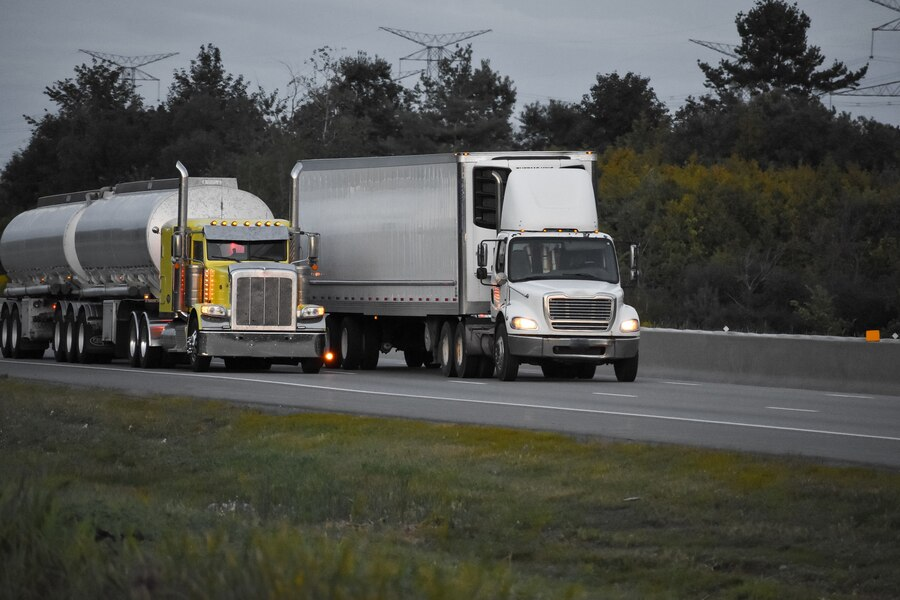In the logistics industry, optimizing routes is a game-changer. By streamlining delivery paths, companies can save on fuel, improve delivery times, and boost customer satisfaction. For logistics managers, mastering route optimization is key to staying competitive in a fast-paced market. This blog will guide you through the essentials of route optimization, explore cutting-edge technologies, and offer practical tips for implementing these solutions.
Understanding Route Optimization
Route optimization is the process of determining the most efficient paths for vehicles to take when delivering goods. Traditionally, this involved manual planning, relying on maps and local knowledge. Planners would consider factors like distance, traffic, and delivery windows. However, these methods were often time-consuming and prone to errors.
The primary goal of route optimization is to minimize travel time and distance. This reduces fuel costs and ensures timely deliveries. While traditional methods have their merits, they lack the precision and adaptability needed in today’s fast-paced logistics environment.
With the advent of digital tools and software, the landscape of route optimization has transformed. Companies can now harness technology to create more efficient and reliable delivery routes, addressing the limitations of manual planning.
The Role of Technology
Technology has revolutionized route optimization, introducing tools that enhance accuracy and efficiency. GPS tracking, AI, and machine learning are at the forefront of this transformation. GPS tracking provides real-time location data, allowing logistics managers to monitor vehicle movements and adjust routes on the fly.
AI and machine learning analyze vast amounts of data to identify patterns and predict optimal routes. These technologies consider variables like traffic conditions, weather, and historical data, which are difficult to account for manually. The result is a dynamic routing system that adapts to changing conditions, ensuring the best possible route is always selected.
Technology also enables better communication between drivers and dispatchers. Integrating push-to-talk over cellular (PTT over cellular) solutions enables real-time communication between drivers and dispatchers, facilitating quick decision-making on the road. By integrating PTT systems with route optimization software, companies can instantly address delays, reroute vehicles, and adapt to changing conditions. Real-time updates and alerts help drivers avoid delays and stay on track, further enhancing the efficiency of the delivery process.
Benefits of Modern Solutions
Adopting modern route optimization technologies offers numerous benefits. One of the most significant advantages is reduced fuel consumption. By selecting the shortest and least congested routes, companies can save on fuel costs, contributing to their bottom line and reducing their environmental impact.
Improved delivery times are another key benefit. Efficient routing minimizes delays, ensuring that deliveries are made on time. This not only enhances customer satisfaction but also helps maintain a positive brand reputation.
Enhanced customer satisfaction is a direct result of timely deliveries and better communication. Customers appreciate accurate delivery estimates and proactive updates, which build trust and loyalty. In turn, this can lead to repeat business and positive word-of-mouth referrals.
How to Choose the Right Technology
Selecting the right technology for route optimization requires careful consideration. Logistics managers should start by assessing their specific needs and goals. Factors such as fleet size, delivery volume, and geographical coverage will influence the choice of technology.
It’s essential to evaluate the scalability of the solution. A technology that works well for a small fleet may not be suitable as your operations grow. Look for solutions that can adapt to increasing demands and integrate seamlessly with existing systems.
User-friendliness is another critical factor. The technology should be easy for both drivers and dispatchers to use. A steep learning curve can hinder adoption and reduce the effectiveness of the solution.
Overcoming Challenges
Adopting new technology often comes with challenges. Common obstacles include resistance to change, budget constraints, and integration issues. To overcome these challenges, it’s crucial to communicate the benefits of the technology clearly to all stakeholders.
Providing comprehensive training and support can help ease the transition. Ensure that drivers and dispatchers are comfortable using the new system and understand its advantages. Additionally, partnering with a reliable vendor who offers ongoing support can mitigate technical issues and ensure smooth integration.
Budget constraints can be addressed by focusing on the long-term ROI of the technology. While the initial investment may be significant, the cost savings and efficiency gains can far outweigh the upfront costs.
Future Trends
The future of route optimization in logistics looks promising, with several emerging trends set to shape the industry. Autonomous vehicles, for example, hold the potential to revolutionize delivery operations. These vehicles can operate continuously without the need for breaks, further enhancing efficiency.
Blockchain technology is another trend to watch. It offers secure and transparent tracking of shipments, reducing the risk of fraud and improving accountability. This can lead to more reliable delivery processes and increased trust among customers.
The integration of the Internet of Things (IoT) with route optimization is also on the horizon. IoT devices can provide real-time data on vehicle performance, traffic conditions, and delivery status. This data can be used to make more informed routing decisions and further optimize delivery operations.
In conclusion, route optimization is a critical component of efficient logistics operations. By leveraging cutting-edge technologies like GPS tracking, AI, and machine learning, logistics managers can achieve significant cost savings and operational improvements.
The benefits of adopting modern solutions include reduced fuel consumption, improved delivery times, and enhanced customer satisfaction. Real-world examples demonstrate the tangible advantages of these technologies.
When choosing the right technology, it’s essential to consider factors such as scalability, user-friendliness, and budget. Overcoming challenges requires clear communication, comprehensive training, and support from reliable vendors.
Looking ahead, trends like autonomous vehicles, blockchain, and IoT integration promise to further transform route optimization in logistics. Staying informed about these advancements will be crucial for maintaining a competitive edge.
For logistics managers, the path to success lies in continuous learning and adaptation. By embracing new technologies and staying updated with industry trends, you can drive efficiency and reduce costs in your operations.






